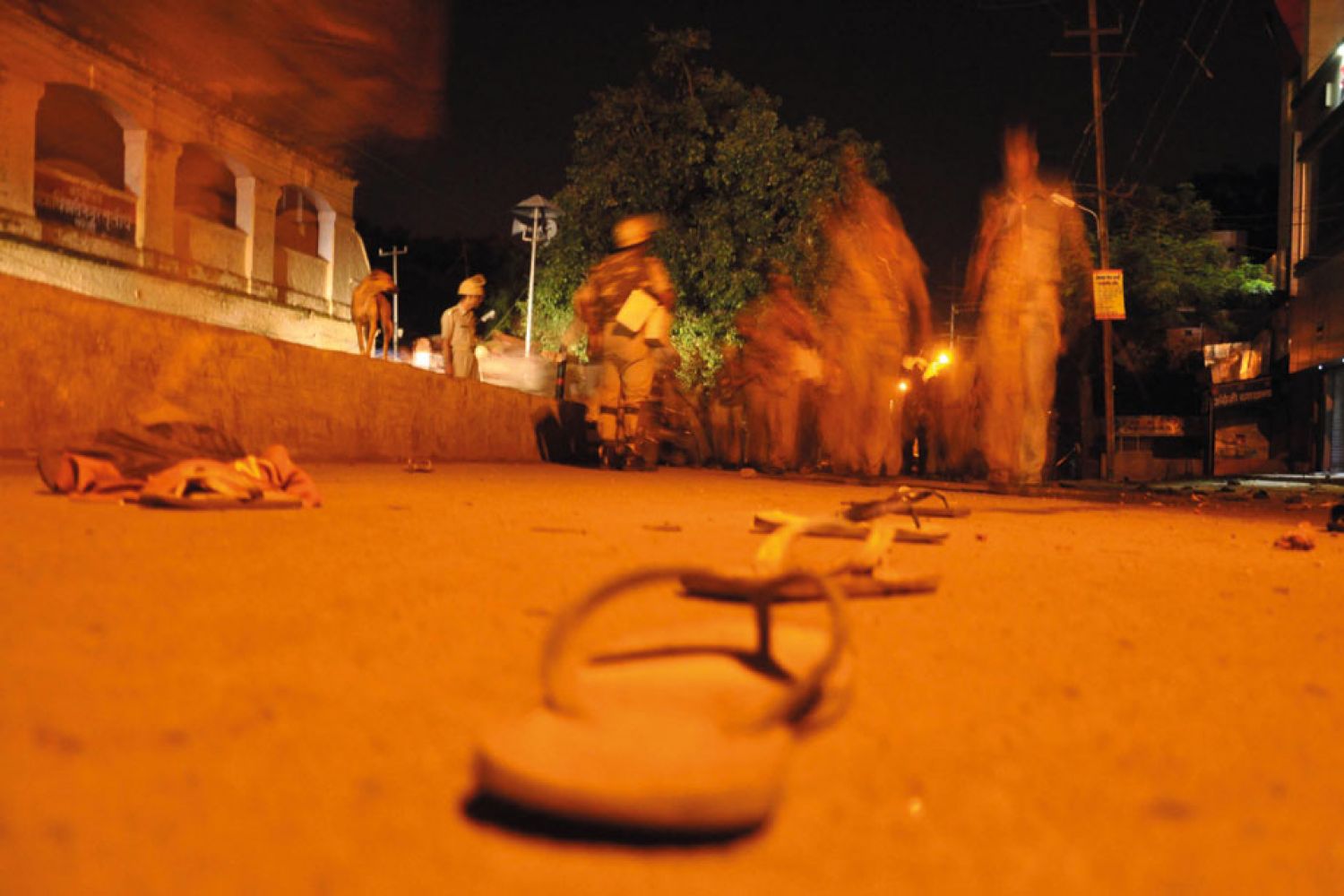
In early May, at the
crack of dawn, Sadhu Lal and his two brothers were tending to their wheat crop
in Nagle Nag village in Uttar Pradesh’s Etawah district. Sadhu was at the far
end of the field when he heard the gunshot. He turned, and saw two men standing
a little apart from each other, not far from his brothers. They had
country-made guns, and they were shooting. Sadhu saw his elder brother Prabhu
fall. Sadhu hit the ground immediately. Shots were fired in his direction, but
he escape





